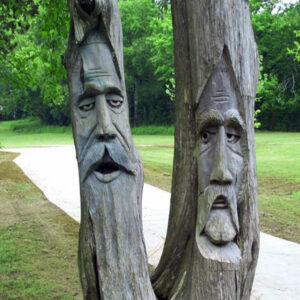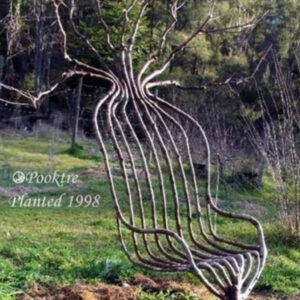Nature is filled with mysteries and marvels that never cease to intrigue and astound us. The human-like shapes of old trees are one such marvel that has captivated scientists, nature lovers, and the general public alike. These fascinating trees, often referred to as “tree giants” or “tree people,” can be found in different parts of the world and have captured the imagination of many.

In this article, we will delve deeper into the mysterious charm of these ancient trees and explore the possible reasons behind their humanoid shapes.


What are these humanoid shapes to which we are referring, is the first query that comes to mind. The trunks and branches of these ancient trees, which resemble human or animal shapes, may hold the key.

While some tree trunks have what appear to be human features carved into them, others have branches that resemble arms or legs. In some cases, these trees have even been given names, such as the “Wizard Oak” or the “Grandmother Tree.”




The question of why these trees take on humanoid shapes has intrigued scientists and researchers for years.Others argue that there may be a more profound spiritual or supernatural reason, while some people simply attribute it to the trees’ normal development patterns.




In some cultures, trees are considered sacred and are believed to have a connection to the spirit world. It is possible that the humanoid shapes of these trees are a manifestation of this belief.




Another possible explanation is that the trees have been intentionally shaped by humans in the past. Some societies employed trees in rituals and for spiritual purposes because they thought they had magical properties. It’s possible that the trees were purposefully pruned or shaped to resemble an animal or human. Due to the need for historical documentation of such practices, this idea is challenging to demonstrate.






